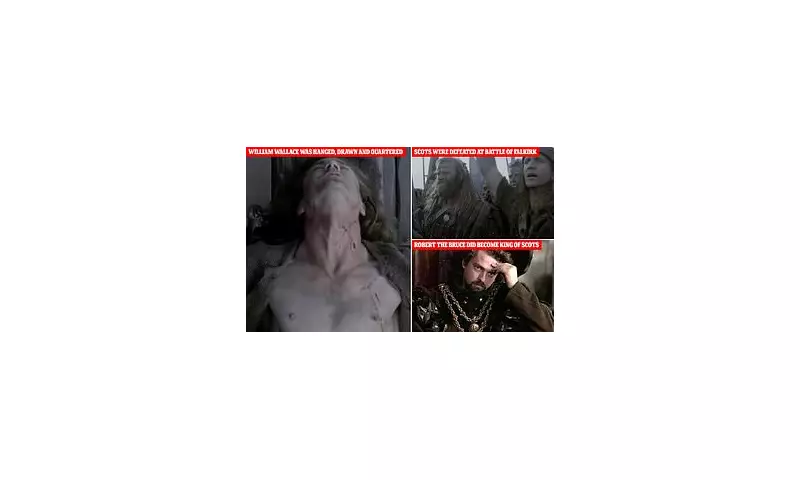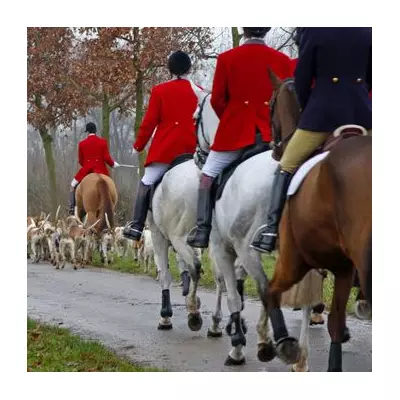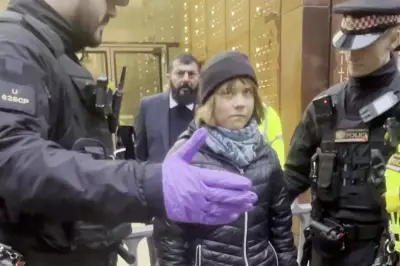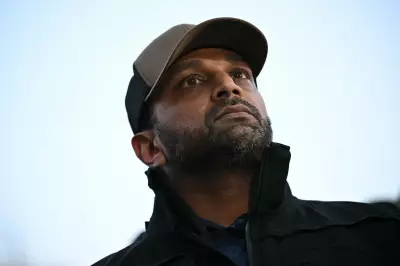
The 1995 epic film Braveheart, directed by and starring Mel Gibson, remains one of Hollywood's most iconic portrayals of Scottish history. But how much of it is fact, and how much is cinematic fiction?
The Legend of William Wallace
William Wallace, the Scottish knight who led a rebellion against English rule in the late 13th century, is immortalised in Braveheart as a fearless warrior. While the film captures his spirit, historians argue that many details were exaggerated or fabricated for dramatic effect.
Fact vs. Fiction
Key inaccuracies in the film include:
- Wallace’s romantic involvement with Princess Isabella of France—historically impossible as she was a child at the time.
- The iconic blue face paint, likely borrowed from other cultures rather than Scottish tradition.
- The portrayal of the Battle of Stirling Bridge—famously missing the actual bridge in the film.
Gibson’s Creative Liberties
Mel Gibson’s interpretation took significant liberties, blending myth with history to create a compelling narrative. While some scenes, like Wallace’s execution, are gruesomely accurate, others are pure Hollywood.
Why the Film Endures
Despite its historical flaws, Braveheart succeeded in reigniting interest in Scotland’s fight for independence. Its emotional resonance and Gibson’s passionate performance ensure its place in cinematic history.





